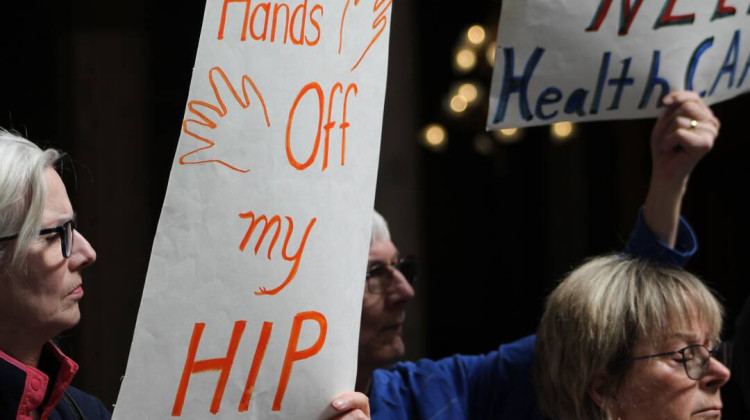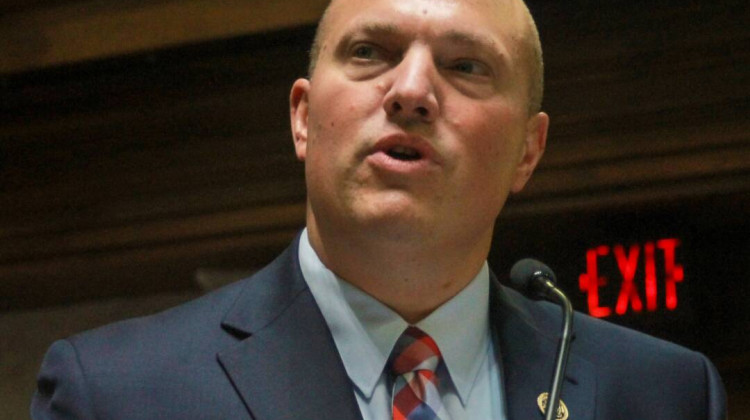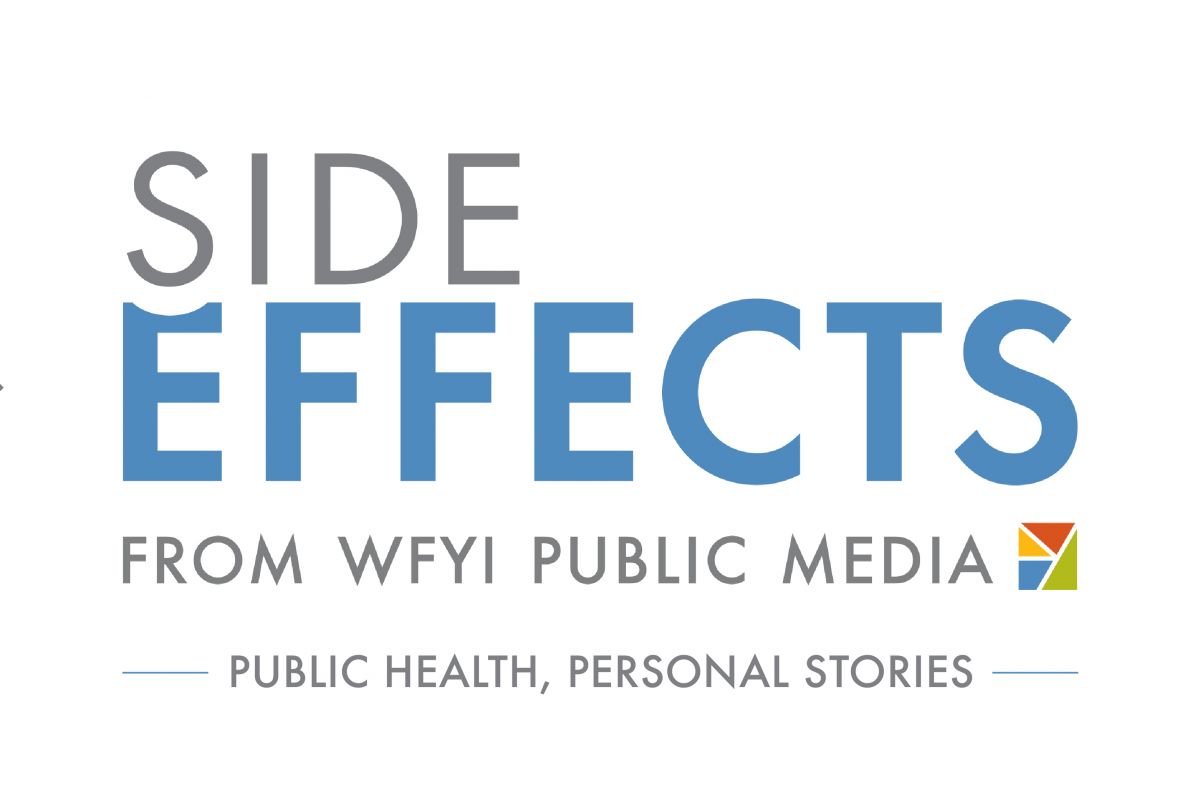
After discussions between government officials and home health care industry reps, the state has decided to nix its original plan to decrease Medicaid payments and keep the 2016 rates intact.
stock photoHome health providers appear to have successfully lobbied the state not to lower their Medicaid reimbursement rates.
In May, the Indiana Family and Social Services Administration announced it was planning to lower the amount of money home health care workers would get through the Medicaid program—as much as 8 percent for registered nurses and 6 percent for home health aides.
But after discussions between government officials and industry reps, the state has decided to nix its original plan and keep the 2016 rates intact.
Reimbursement rates for home healthcare providers such as nurses and physical therapists are based on reports from the providers themselves. Based on those reports, it looked like their costs had gone down.
But the providers argue the 2017 rates were based on reports from 2014. In the meantime, a lot’s happened.
“We’ve had the employer mandate go into effect as well as the overtime exemption be repealed, for lack of a better term,” explains Indiana Association for Home and Hospice Care Executive Director Evan Reinhardt, referring to the Affordable Care Act’s requirement employers of over 50 people provide insurance for most employees as well as pay more people overtime wages.
Additionally, Reinhardt, the rates didn’t reflect total costs and left out money-gobbling measures such as employee transportation reimbursements.
“All anecdotal evidence we can find points to costs having increased,” he says. “But we just didn’t have enough time to do detailed analysis on the cost reports that were submitted.”
Reinhardt says after home health providers raised concerns, the state agreed to re-examine the equation used to calculate reimbursement rates, in hopes of creating a more representative way to calculate them in the future.
The method for reimbursement is written into Indiana Administrative Code, but Reinhardt says he hopes to see a change by summer 2017.
FSSA officials confirm the rates are staying at 2016 levels but declined additional comment.
 DONATE
DONATE







 Support WFYI. We can't do it without you.
Support WFYI. We can't do it without you.